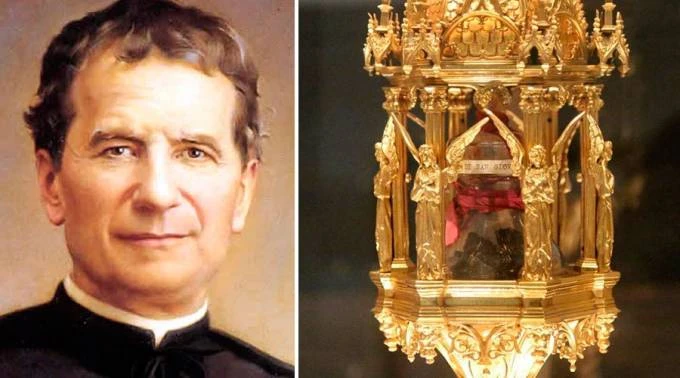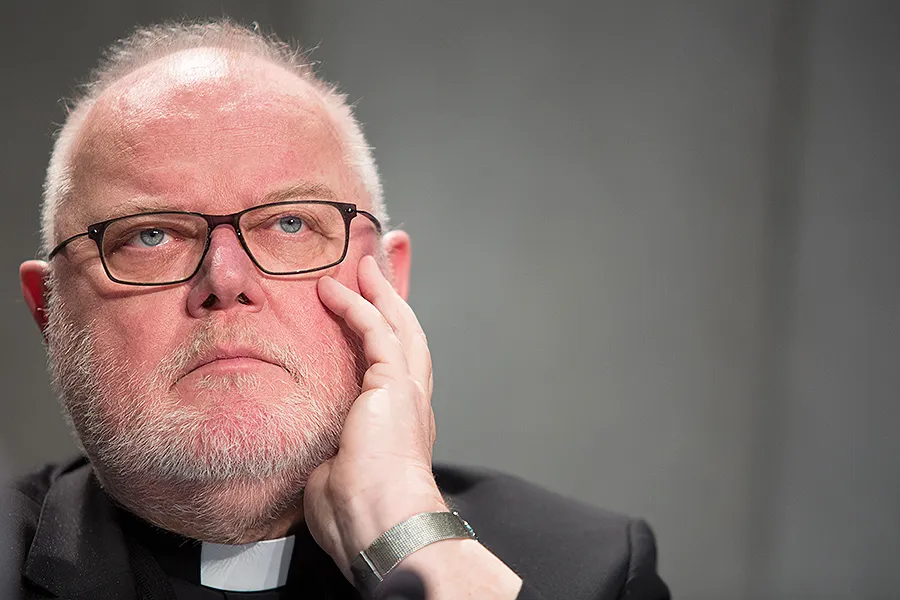
Turin, Italy, Jun 16, 2017 / 10:57 am (CNA/EWTN News).- A relic of St. John Bosco, which had been stolen from an Italian basilica two weeks ago, has been recovered, the local Prosecutor’s Office reported.
An urn containing a relic of St. John Bosco’s brain was discovered missing on June 3. The reliquary was kept in the Basilica of John Bosco in Asti, the saint’s birthplace, fewer than 20 miles east of Turin.
According to Italian press reports, the alleged perpetrator of the crime is a 42-year old man with a criminal record, residing in Pirenolo, Turin. He was arrested by the Asti police. The suspect allegedly planned to sell the reliquary, which he believed to be of solid gold.
St. John Bosco, founder of the Salesians, was a 19th century Italian priest who had a particular love and apostolate for at-risk and underserved youth. Today, the order serves youth throughout the world primarily in schools, homeless shelters, and community centers.
Fr. Enrico Stasi, provincial of the Salesians in Piemonte and Valle d’Aosta, thanked “the judiciary, all the police and all those who have contributed to the positive solution to this unpleasant affair.”
“It is consoling for the Salesians, for the Church in Turin and for the many friends of Don Bosco throughout the world who have abundantly demonstrated their closeness in this time,” he told Agenzia Info Salesiana.
In this regard, he said that “the occasion of the restitution and return of the relic to its original place will be for us and for the faithful another sign of the benevolence and blessing of Don Bosco for those who continue to keep his spirit alive in the world.”
The basilica has experienced some other minor thefts in recent weeks, though nothing of spiritual value.
Archbishop Cesare Nosiglia of Turin also commented on the missing relic, saying it was news “you would never want to hear, because it makes us think of a profound moral misery” that someone would steal something of spiritual and devotional value.
The archbishop told an Italian news source that he asked all of his priests to say a special prayer during their Pentecost Masses for the Salesian family and the recovery of the relic, so that it can “continue to be a point of devotion for the millions of faithful who come to the sanctuary dedicated to him.”
If you value the news and views Catholic World Report provides, please consider donating to support our efforts. Your contribution will help us continue to make CWR available to all readers worldwide for free, without a subscription. Thank you for your generosity!
Click here for more information on donating to CWR. Click here to sign up for our newsletter.




Leave a Reply